Services
How to Enhance Night Vision Using Mcp Image Intensifiers
In the realm of night vision technology, the MCP Image Intensifier stands out as a pivotal advancement, enhancing visibility in low-light conditions. According to a 2022 report by the International Society for Optics and Photonics, the night vision market is projected to reach $8.1 billion by 2025, with image intensification technologies, including MCP Image Intensifiers, driving significant growth due to their ability to amplify light effectively. These devices not only improve sight in darkness but also enable critical applications in military, security, and wildlife observation. With a growing demand for enhanced night vision capabilities, understanding the operational benefits and integration of MCP Image Intensifiers has never been more essential. This guide explores effective methods to enhance night vision using these sophisticated devices, ensuring optimal performance and utilization across various applications.
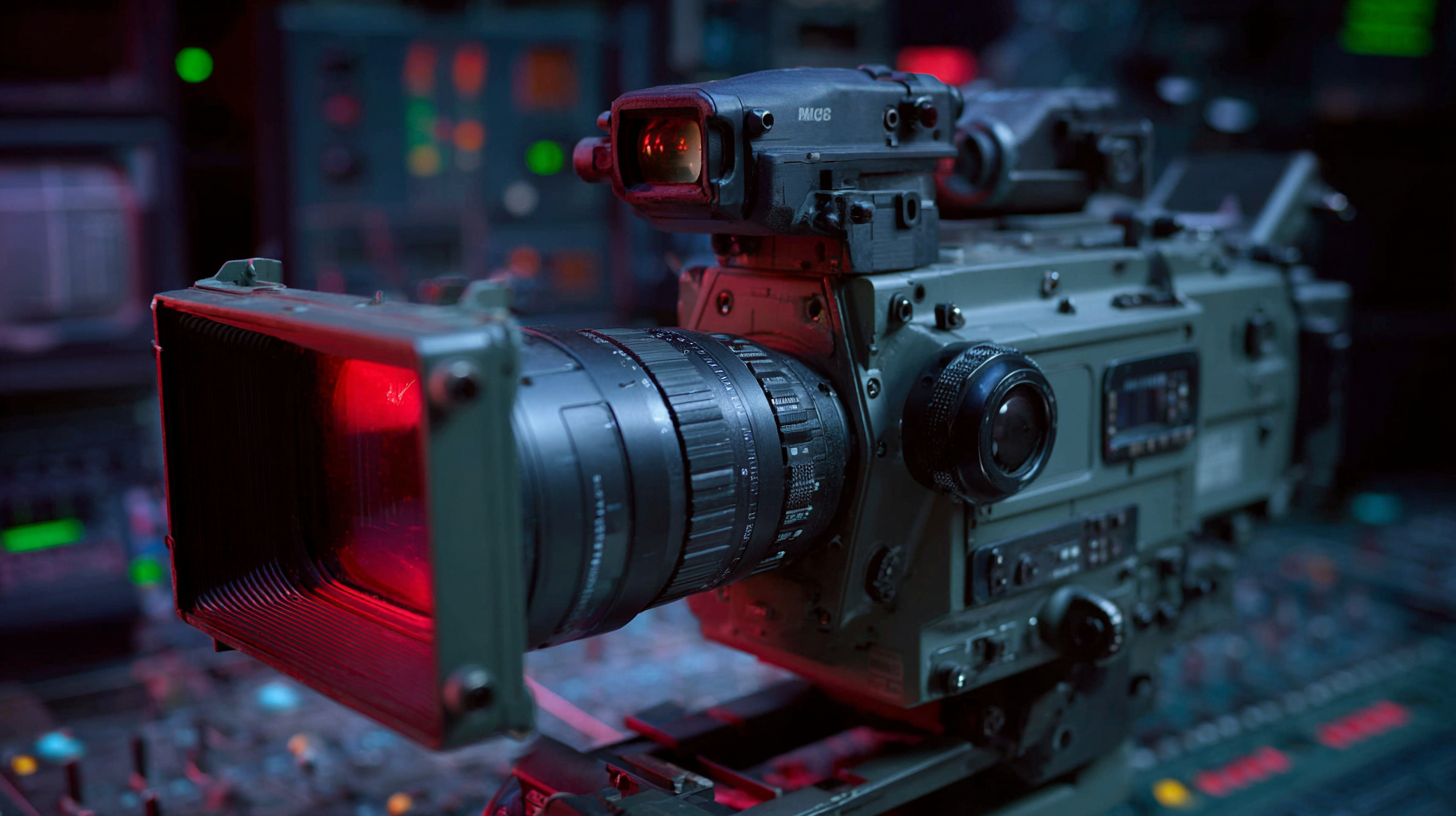
Understanding MCP Image Intensifiers: Key Components and Their Functions
MCP (Microchannel Plate) image intensifiers are critical devices utilized to improve visibility in low-light conditions, enabling enhanced night vision capabilities. The core of the MCP technology lies in its key components: the microchannel plate itself, a photocathode, and a phosphor screen. The microchannel plate, with its millions of tiny channels, amplifies incoming photons through a cascade effect, significantly increasing light output. According to a report by the U.S. Department of Defense, MCP image intensifiers can provide up to 100,000 times more light amplification compared to traditional methods, making them essential for military and security applications where situational awareness in darkness is critical.
Understanding the functions of these components underscores how they contribute to night vision. The photocathode converts incoming light into electrons, which then enter the microchannel plate, where they are multiplied as they collide with the channel walls. This increased electron density is directed towards the phosphor screen, which emits visible light. A study published in the Journal of Optical Technology indicates that state-of-the-art MCP image intensifiers can achieve resolutions exceeding 1000 lines per millimeter, enabling a clearer and more reliable image in complete darkness. Such advancements not only bolster defense technologies but also pave the way for civilian applications in fields such as aviation and emergency response, highlighting the versatility and importance of MCP image intensifiers in modern vision enhancement technologies.
Advantages of MCP Image Intensifiers Over Traditional Night Vision Devices
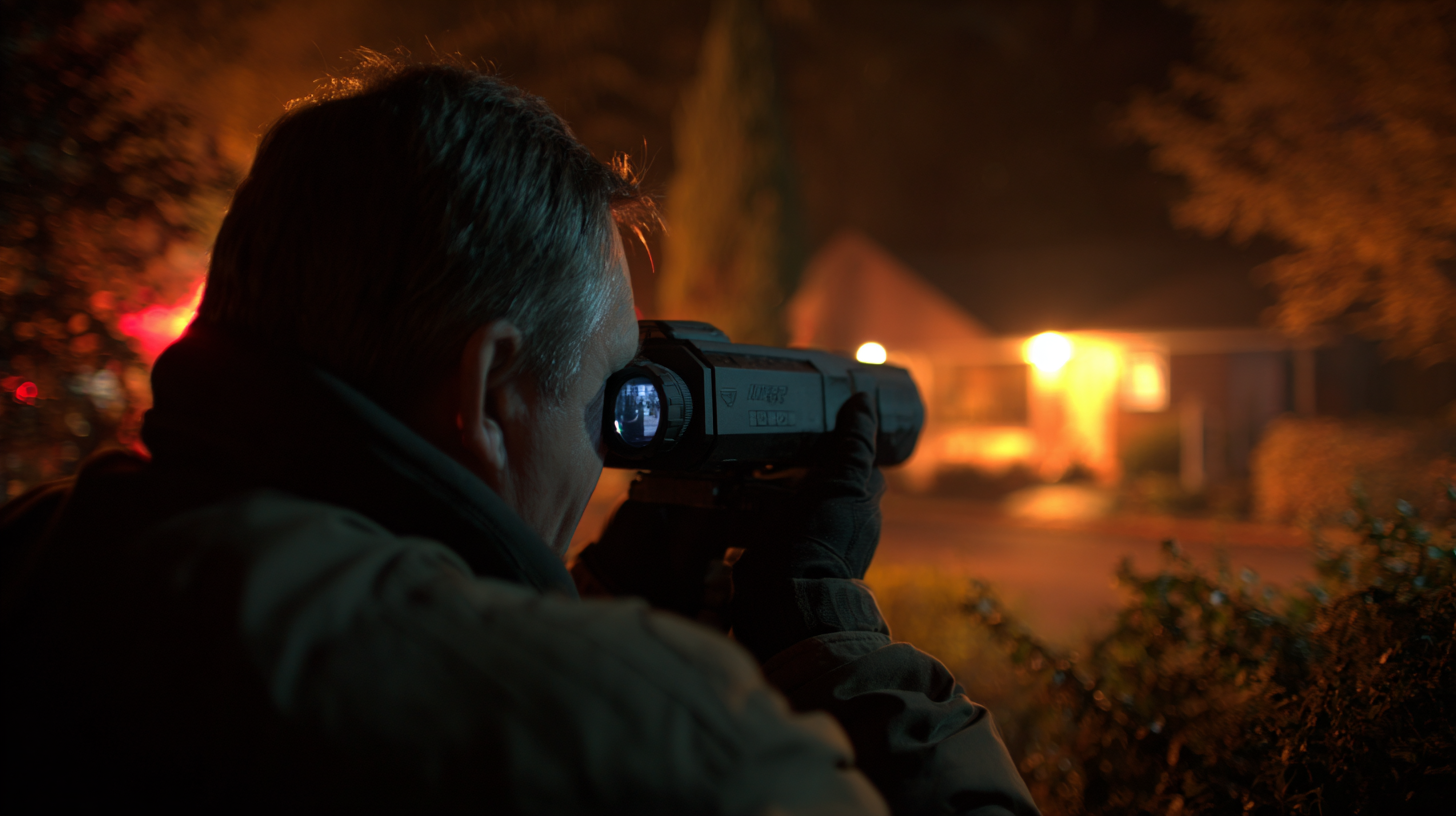 MCP (Microchannel Plate) image intensifiers present several advantages over traditional night vision devices, primarily in their performance and functionality. Unlike conventional systems that rely on bulky tube technologies, MCP image intensifiers are more compact and efficient, allowing for enhanced portability. This is particularly beneficial for military and tactical applications where weight and size are critical factors. Additionally, MCP systems offer superior resolution and sensitivity, enabling users to see more clearly in low-light conditions. The improved signal-to-noise ratio reduces the "snow" effect common in older night vision technologies, resulting in a clearer and more precise view of the environment.
MCP (Microchannel Plate) image intensifiers present several advantages over traditional night vision devices, primarily in their performance and functionality. Unlike conventional systems that rely on bulky tube technologies, MCP image intensifiers are more compact and efficient, allowing for enhanced portability. This is particularly beneficial for military and tactical applications where weight and size are critical factors. Additionally, MCP systems offer superior resolution and sensitivity, enabling users to see more clearly in low-light conditions. The improved signal-to-noise ratio reduces the "snow" effect common in older night vision technologies, resulting in a clearer and more precise view of the environment.
Another significant advantage of MCP image intensifiers is their ability to operate effectively across a wider range of light levels. These systems can perform exceptionally well in both near-infrared and visible light spectrums, making them versatile for various applications such as surveillance, wildlife observation, and search and rescue operations. Furthermore, MCP technology allows for higher gain performance, which translates to brighter images without the need for additional illumination. This capability not only extends the usability of night vision devices into extremely low-light settings but also enhances safety and operational effectiveness in complex environments.
Optimal Conditions for Enhanced Night Vision Using MCP Technology
 Enhancing night vision using Microchannel Plate (MCP) image intensifiers requires specific optimal conditions to maximize their effectiveness. Firstly, controlling ambient light is crucial. These devices are designed to amplify low levels of light, so operating them in areas with minimal light pollution significantly improves performance. Users should seek locations away from artificial light sources, allowing the MCP unit to work more efficiently by using the natural luminescence available, such as moonlight or starlight.
Enhancing night vision using Microchannel Plate (MCP) image intensifiers requires specific optimal conditions to maximize their effectiveness. Firstly, controlling ambient light is crucial. These devices are designed to amplify low levels of light, so operating them in areas with minimal light pollution significantly improves performance. Users should seek locations away from artificial light sources, allowing the MCP unit to work more efficiently by using the natural luminescence available, such as moonlight or starlight.
Secondly, the quality of the MCP itself plays a vital role in night vision enhancement. High-quality MCP image intensifiers possess better resolution and sensitivity, contributing to clearer imagery in low-light environments. Moreover, maintaining the device at a stable temperature also ensures optimal functioning; extreme cold or heat can hamper its performance and longevity. By understanding and leveraging these conditions, users can significantly enhance their nighttime visibility and improve overall operational effectiveness in dark environments.
Applications of MCP Image Intensifiers in Various Industries
MCP (Micro-Channel Plate) image intensifiers have found extensive applications across various industries due to their ability to enhance night vision significantly. In the defense sector, for instance, the global market for night vision equipment was valued at approximately $6 billion in 2020 and is expected to reach around $10 billion by 2027, driven by the increasing demand for advanced surveillance technologies. MCP image intensifiers play a critical role in military operations, allowing soldiers to operate effectively in low-light environments, enhancing situational awareness and operational efficiency.
In addition to defense applications, MCP image intensifiers are also prevalent in the medical field, particularly in surgical procedures and diagnostics. Studies indicate that the integration of advanced imaging systems has improved the accuracy of minimally invasive surgeries by more than 30% in some cases. Healthcare professionals leverage these technologies to conduct procedures under low-light conditions while maintaining optimal visibility.
Furthermore, the industrial inspection sector utilizes MCP image intensifiers to conduct non-destructive testing of materials, ensuring quality control and safety in manufacturing processes. This cross-industry adaptability underscores the importance of MCP technology as a cornerstone in advancing visual capabilities in challenging environments.
Maintenance Tips for Extending the Life of MCP Image Intensifiers
Maintaining MCP (Microchannel Plate) image intensifiers is crucial for maximizing their performance and extending their operational life. Regular cleaning is essential to prevent dust and debris accumulation on the optics, which can significantly degrade image quality.
According to a report from the Defense Advanced Research Projects Agency (DARPA), image intensifiers can lose up to 20% of their efficiency if not properly maintained. It is recommended to use specialized cleaning kits that are designed for delicate optical surfaces to avoid any damage during the process.
Additionally, environmental factors play a pivotal role in the longevity of MCP image intensifiers. Keeping them away from extreme temperatures and high humidity can protect the delicate components inside. Research indicates that units exposed to high humidity may experience accelerated degradation of the microchannel plates, leading to a reduction in their lifespan by an estimated 30%.
Moreover, proper handling techniques, such as avoiding direct impacts and storing them in protective cases when not in use, can further preserve these sensitive devices. By adhering to these maintenance tips and environmental considerations, users can enhance the operational longevity and effectiveness of their MCP image intensifiers.
Related Posts
-

Ultimate Checklist for Choosing the Best Fluoro Image Intensifier for Your Needs
-

Driving Growth Amidst Tariffs: How China's Best Thermal Intensifier Leads the Market
-
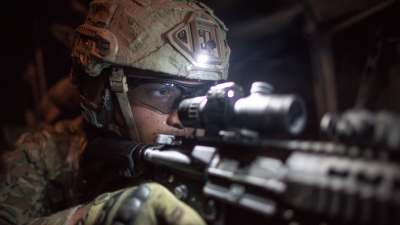
5 Essential Tips for Choosing the Right UV Image Intensifier for Enhanced Night Vision Performance
-

Exploring Innovative Alternatives to Thermal Intensifiers: A Data-Driven Comparison
-
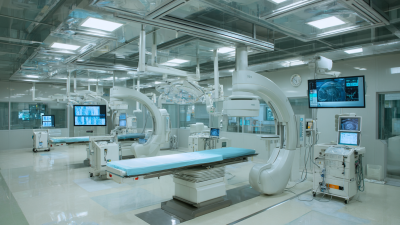
A Comprehensive Comparison of Leading Image Intensifier Fluoroscopy Solutions
-
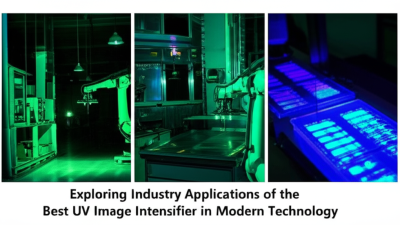
Exploring Industry Applications of the Best Uv Image Intensifier in Modern Technology
